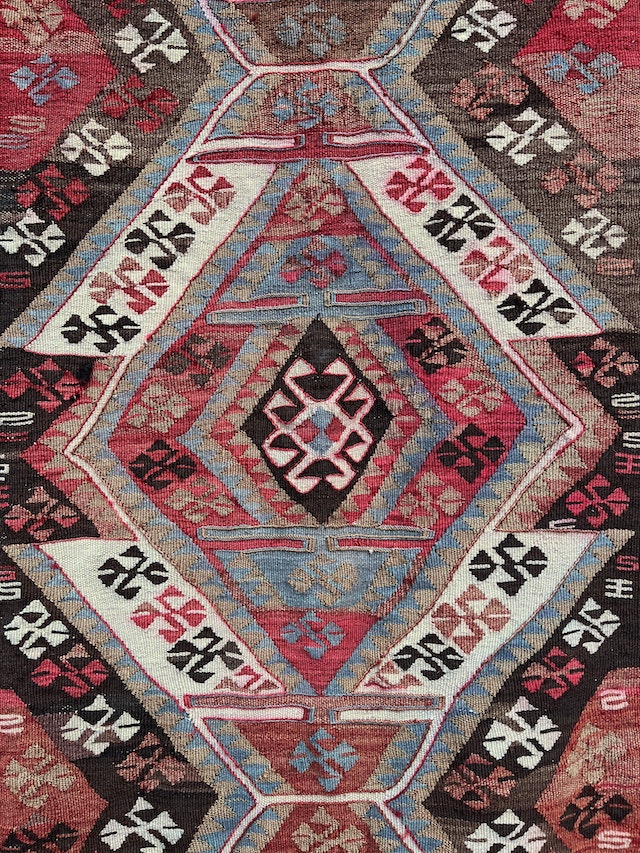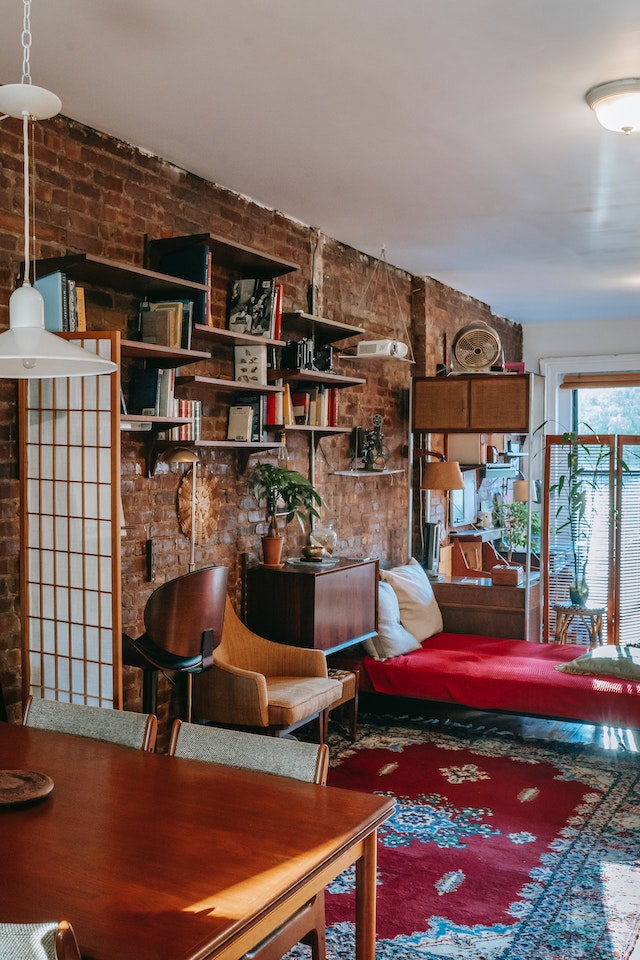Geometric Designs
Uses of Geometric Designs in Art and Architecture
Geometric designs have been used in art and architecture since ancient times and continue to be a popular choice for modern day design. These patterns often feature shapes such as polygons, circles, squares, and triangles in various combinations. Geometric designs can provide structure and organization to a design while also creating visual interest. In art, geometric designs may be used to create dynamic compositions or evoke certain emotions. In architecture, they are often used to add texture and dimensionality to the overall aesthetic of a building. Additionally, these shapes can also be used to create symbolism or represent specific ideas or concepts. Overall, geometric designs bring beauty and meaning to both art and architecture through their use of form and symmetry.



